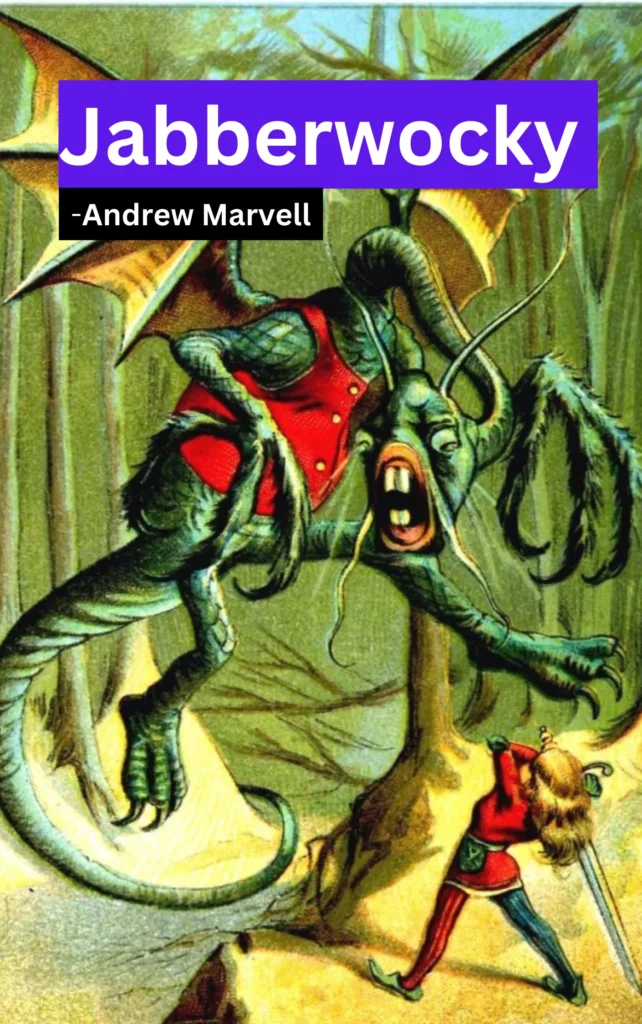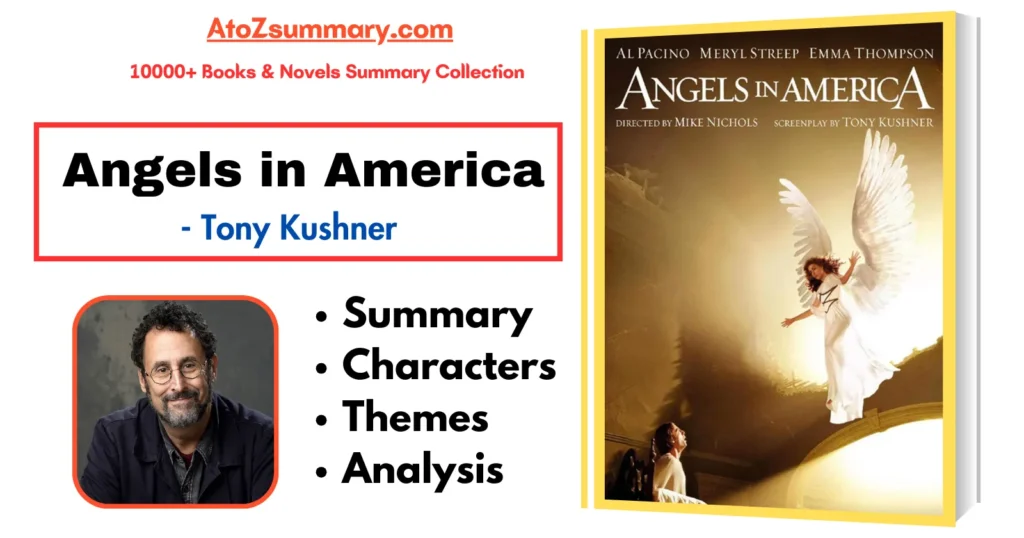
About Poem: Jabberwocky
| Poem title | Jabberwocky |
| Author | Lewis Carroll |
| Published | First published in “Through the Looking-Glass” (1871) |
| Genre | Nonsense Poetry |
| Setting | A fantastical, dreamlike world |
| Narrative | The poem is a narrative of a young boy slaying a monster |
| Characters | – The protagonist (boy) – Jabberwock (monster) – Father of the protagonist (mentioned) – Various fantastical creatures and items |
| Language | The poem is known for its use of invented words and playful language. It is written in English but filled with nonsense words and whimsical vocabulary. |
| Structure | – The poem consists of seven stanzas. – It follows a rhyme scheme of ABAB. |
| Tone | Whimsical, playful, and imaginative |
| Significance | Jabberwocky is a celebrated example of nonsense poetry, demonstrating the author’s creativity and wordplay. It showcases the power of the imagination in literature and the charm of invented language. |
| Legacy | The poem’s influence can be seen in popular culture, including references in other works, adaptations, and adaptations in various media. |
Themes: Jabberwocky
The themes of the poem “Jabberwocky” by Lewis Carroll are:
- Good vs. evil: The young man represents good, and the Jabberwocky represents evil. The young man’s victory over the Jabberwocky is a victory of good over evil.
- Courage: The young man is courageous enough to face the Jabberwocky, even though he knows it is dangerous.
- Imagination: The young man uses his imagination to defeat the creature with his vorpal sword.
Jabberwocky Poem
’Twas brillig, and the slithy toves
Did gyre and gimble in the wabe:
All mimsy were the borogoves,
And the mome raths outgrabe.
“Beware the Jabberwock, my son!
The jaws that bite, the claws that catch!
Beware the Jubjub bird, and shun
The frumious Bandersnatch!”
He took his vorpal sword in hand;
Long time the manxome foe he sought—
So rested he by the Tumtum tree
And stood awhile in thought.
And, as in uffish thought he stood,
The Jabberwock, with eyes of flame,
Came whiffling through the tulgey wood,
And burbled as it came!
One, two! One, two! And through and through
The vorpal blade went snicker-snack!
He left it dead, and with its head
He went galumphing back.
“And hast thou slain the Jabberwock?
Come to my arms, my beamish boy!
O frabjous day! Callooh! Callay!”
He chortled in his joy.
’Twas brillig, and the slithy toves
Did gyre and gimble in the wabe:
All mimsy were the borogoves,
And the mome raths outgrabe.
Jabberwocky Summary & Analysis
Jabberwocky is a delightful and whimsical poem written by Lewis Carroll, featured in his famous novel “Through the Looking-Glass and What Alice Found There.” The poem is celebrated for its inventive use of nonsense words and playful language. Here’s a stanza-by-stanza summary:
Stanza 1
The poem opens with the introduction of a fantastic creature, the “Jabberwock,” described with grotesque and menacing features. The protagonist, a young boy, is advised by his father to beware this fearsome monster, the Jabberwock, and to seek it out for a heroic battle.
Stanza 2
In the second stanza, the boy is equipped with a “vorpal sword” and embarks on his quest. This sword is a magical weapon, imbued with the power to defeat the Jabberwock. The boy begins his journey with a sense of determination and purpose.
Stanza 3
As the boy ventures into the forest, he encounters a variety of peculiar and whimsical creatures like the “Bandersnatch” and the “Jubjub bird.” These invented creatures contribute to the surreal atmosphere of the poem and add to the sense of adventure.
Stanza 4
The boy continues his quest, searching for the Jabberwock. The poem creates a vivid sense of anticipation and tension, building up to the impending encounter. The idea of the “Tumtum tree” and the “frabjous day” adds to the fantastical elements of the poem.
Stanza 5
The climax of the poem occurs in this stanza, as the boy confronts the Jabberwock. With great courage, he wields his vorpal sword and manages to slay the fearsome creature. The poem vividly describes the “snicker-snack” sound of the sword as it defeats the monster.
Stanza 6
Having triumphed over the Jabberwock, the boy returns victorious to his home. The poem closes with a sense of accomplishment and a return to normalcy. The “beamish boy” is triumphant, having fulfilled his heroic quest.
FAQs: Jabberwocky
What is the story of Jabberwocky all about?
The story of Jabberwocky is about a young man who defeats a fearsome creature called the Jabberwocky, using his courage and imagination.
What is the real meaning of Jabberwocky?
The real meaning of the Jabberwocky is up to the reader to decide. It can be seen as a symbol of anything that is strange, dangerous, or unknown. It can also be seen as a metaphor for the challenges we face in life, or the fears that we need to overcome.
Was the Jabberwocky evil?
Yes, the Jabberwocky is evil in the poem.
Why is the Jabberwocky poem so popular?
The Jabberwocky poem is so popular because it is a whimsical and imaginative poem that is both fun to read and thought-provoking. It is a poem that can be enjoyed by readers of all ages, and it continues to be relevant today.
Why does Alice slay the Jabberwocky?
Alice slays the Jabberwocky because it’s a heroic adventure in the poem, and she wants to be brave and victorious.
What type of creature is the Jabberwocky?
The Jabberwocky is a fearsome creature. It is described as having a long tail, sharp teeth, and eyes of flame.
What does gyre and gimble mean?
In the poem, “gyre and gimble” means to move in a circular and spiral motion. It is a nonsense word that Carroll invented himself, but it is thought to be a combination of the words “gyrate” and “gimbal.”
What did the son do to the Jabberwocky?
The son killed the creature.
What weapon killed the Jabberwocky?
The weapon that killed the Jabberwocky is a vorpal sword.











